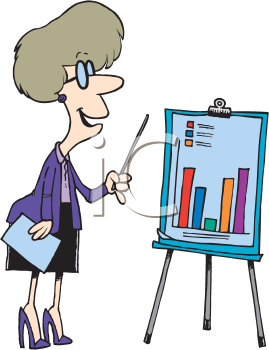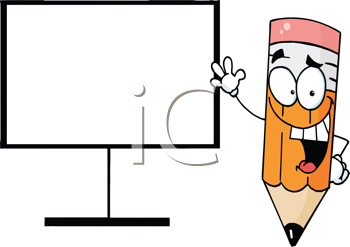Presenting an enterprise
Here you are going to learn how to present your company in English.
- At first read the introduction and find out the reasons why you have to make a presentation.
- Then get to know the parts of a good presentation
- Go through the vocabulary of presentations and study to explain the words in English.
- Then listen to the advice of a good presentation and learn to retell it.
- Pay attention to the vocabulary .
- You can check the meaning of the words on the dictionary page. You can hear the pronunciation of the words by clicking on the word.
- Finally do the practice exercises.
When you work in tourism industry you find yourself very often in a situation where you have to make presentations and tell your clients about your company, sales, new products, discounts and many other things that could be useful to your business.
YOU HAVE TO PRESENT YOUR ENTERPRISE:
- on tourism fairs
- on meetings with clients and with the members of your management
- in tourism brochures
- on web-sites
- on leaflets and booklets
- in the media, etc.
HERE ARE SOME TIPS HOW TO CARRY OUT A PRESENTATION TO YOUR CLIENTS OR OTHER AUDIENCE:
- Most presentations are divided into 3 main parts (+ questions):
| INTRODUCTION - you tell your audience what your message is going to be. |
| BODY - you tell your audience your real message. |
| CONCLUSION - you summarize what your message was. |
| QUESTIONS |
- As a general rule in communication, repetition is valuable. In presentations, there is a golden rule about repetition:
- In other words: USE THE 3 PARTS OF YOUR PRESENTATION TO REINFORCE YOUR MESSAGE
Questions are a good opportunity for you to interact with your audience.
It may be helpful for you to try to predict what questions will be
asked so that you can prepare your response in advance. You may wish to
accept questions at any time during your presentation, or to keep a time
for questions after your presentation. Normally, it's your decision,
and you should make it clear during the introduction. Be polite with all
questioners, even if they ask difficult questions. They are showing
interest in what you have to say and they deserve attention. Sometimes
you can reformulate a question. Or answer the question with another
question. Or even ask for comment from the rest of the audience.
GO THROUGH THE VOCABULARY of PRESENTATIONS. HERE YOU CAN FIND THE ENGLISH EXPLANATIONS OF THE WORDS.
To find the translations and pronunciation of the words go to English-Estonian Dictionary.
| audience rapport | n. relationship of presenter with audience, esp. when good |
| body language | n. non-verbal communication through facial expressions, body movements etc |
| Finally . . . |
Typical word used to signal the last of several points or subjects |
| flip chart |
n. a pad of large paper sheets on a stand for presenting information |
| For example . . . | Typical phrase used to signal an illustration or sample of a particular point |
| handout |
n. anything (report, sample etc) handed or given to people at a presentation |
| In conclusion . . . | Typical phrase used to signal the summing up or final part of a presentation |
| Ladies & Gentlemen |
Polite phrase often used to address an audience of men and women |
| marker |
n. whiteboard marker a pen with a broad, felt tip for writing on whiteboards |
| microphone |
n. electrical instrument that one speaks into for amplification of the voice etc |
| O.H.T. |
abbr. overhead transparency; sheet of film with image for o.h.p. |
| overhead projector |
n. device that projects an o.h.t. onto a screen - O.H.P. abbr. |
| pointer |
n. device (rod or electric torch etc) for indicating things on a map, screen etc |
| screen |
n. large, flat, reflective white surface on which films, slides etc are projected |
| signal |
v. to help the audience understand where one is in a presentation |
| slide |
n. small (usually 35mm) photographic transparency - slide projector n. |
| To start with . . . |
Typical phrase used to signal the beginning of a particular subject or topic |
| Turning now to . . |
Typical phrase used to signal a change from one subject or topic to another |
| visual aids |
n. things that one can look at in a presentation [eg: films, maps, charts etc] |
| whiteboard |
n. large, flat, white surface or board on which to write or draw with markers |
Litsenseeritud: Creative Commons Attribution Non-commercial Share Alike 3.0 License